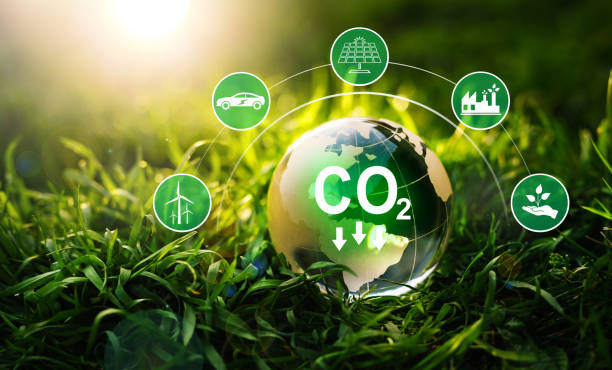
FAQ About Green Economy
Green Economy
2 years ago | gizem
What are some innovative financing mechanisms for the Green Economy?
Innovative financing mechanisms for the Green Economy aim to mobilize funds, attract investments, and support environmentally sustainable projects and initiatives. These mechanisms leverage new approaches, technologies, and financial instruments to accelerate the transition to a more sustainable and environmentally friendly economic model. Here are some examples of innovative financing mechanisms for the Green Economy:
- Green Bonds: Green bonds are fixed-income securities specifically issued to fund environmentally sustainable projects. They attract socially responsible investors and provide capital for projects related to renewable energy, energy efficiency, sustainable agriculture, and more.
- Climate Bonds: Similar to green bonds, climate bonds are used to finance projects that have a positive impact on climate change mitigation and adaptation efforts. These projects can range from renewable energy installations to climate-resilient infrastructure.
- Green Banks: Green banks are public or private financial institutions that specialize in financing environmentally friendly projects. They use public and private capital to support clean energy, energy efficiency, and other green initiatives.
- Carbon Markets and Trading: Carbon markets allow companies to buy and sell carbon credits, incentivizing emissions reduction. This mechanism encourages industries to adopt cleaner technologies and practices while creating a financial incentive for emissions reduction.
- Payment for Ecosystem Services (PES): PES programs compensate landowners or communities for maintaining or enhancing ecosystem services such as clean water, biodiversity conservation, and carbon sequestration.
- Impact Investing: Impact investors provide capital to projects and businesses that generate positive social and environmental impacts alongside financial returns. This approach aligns with the goals of the Green Economy.
- Crowdfunding and Peer-to-Peer Lending: Online platforms enable individuals to invest directly in green projects, businesses, and startups. This democratizes investment and supports environmentally conscious initiatives.
- Green Venture Capital: Venture capital firms specialize in providing funding to startups and early-stage companies that focus on developing innovative green technologies, products, and services.
- Sustainable Development Goals (SDG) Bonds: SDG bonds are designed to finance projects aligned with the United Nations Sustainable Development Goals, addressing a wide range of global challenges, including poverty, hunger, health, education, and climate action.
- Blue Bonds: Blue bonds focus on marine and coastal conservation efforts, financing projects that aim to protect and restore marine ecosystems, such as coral reefs and fisheries.
- Green Microfinance: Microfinance institutions provide small-scale loans to support green initiatives at the grassroots level, empowering local communities to adopt sustainable practices.
- Energy Savings Performance Contracts: These contracts involve energy service companies (ESCOs) implementing energy efficiency measures in buildings and facilities. Payments are made based on the energy savings achieved.
- Carbon Offsetting Platforms: These platforms allow individuals and companies to purchase carbon offsets to compensate for their carbon emissions. Funds are directed toward projects that sequester or reduce carbon dioxide.
